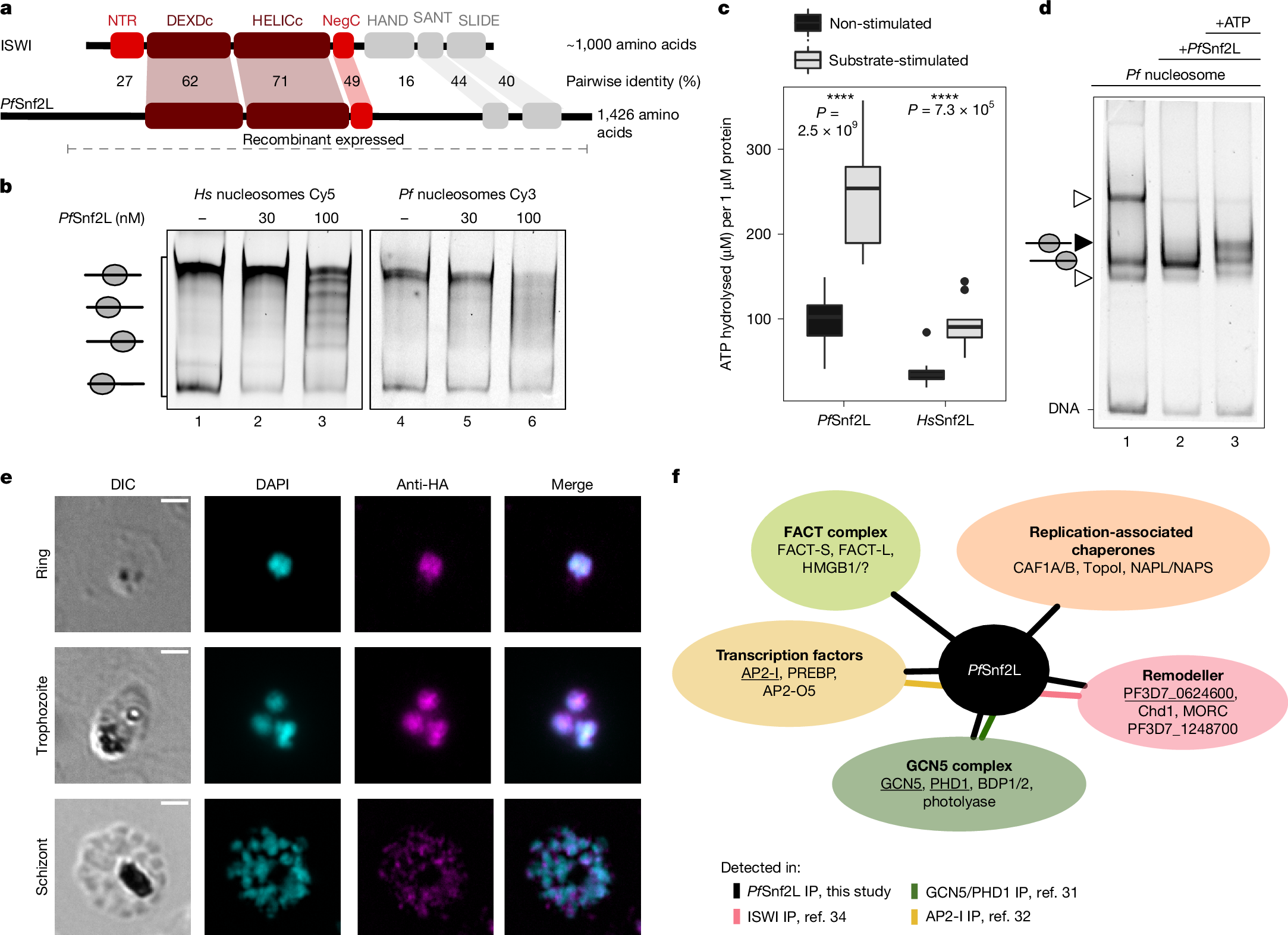2025-02-15 ラトガース大学
<関連情報>
- https://www.rutgers.edu/news/common-antihistamine-shows-promise-treating-liver-complications-rare-disease-complication
- https://www.cmghjournal.org/article/S2352-345X(25)00004-9/fulltext
ヒスタミン経路は肝実験的赤芽球増殖性プロトポルフィリン症の治療標的である The Histamine Pathway is a Target to Treat Hepatic Experimental Erythropoietic Protoporphyria
Ning Kuo∙ Pei Li∙ Juliana Bragazzi Cunha∙ Lu Chen∙ Jordan A. Shavit∙ M. Bishr Omary
Cellular and Molecular Gastroenterology and Hepatology Published:January 15, 2025
DOI:https://doi.org/10.1016/j.jcmgh.2025.101463
Graphical abstract
Abstract
Background & Aims
Erythropoietic protoporphyria (EPP) is caused by mutations in ferrochelatase, which inserts iron into protoporphyrin-IX (PP-IX) to generate heme. EPP is characterized by PP-IX accumulation, skin photosensitivity, cholestasis, and end-stage liver disease. Despite available drugs that address photosensitivity, treatment of EPP-related liver disease remains an unmet need.
Methods
We administered delta-aminolaevulinic acid (ALA) and deferoxamine (DFO), which results in PP-IX overproduction and accumulation. High-throughput compound screening of ALA + DFO-treated zebrafish identified chlorcyclizine (first generation H1-antihistamine receptor blocker), as a drug that reduces zebrafish liver PP-IX levels. The effect of chlorcyclizine was validated in porphyrin-loaded primary mouse hepatocytes (PMHs), transgenic Fechm1Pas EPP mice, and mice fed the porphyrinogenic compound 3,5-diethoxycarbonyl-1,4-dihydrocollidine (DDC). Plasma and tissue PP-IX were measured by fluorescence; livers were analyzed by histology, immunoblotting, and quantitative polymerase chain reaction.
Results
Chlorcyclizine-treated zebrafish larvae and DDC-fed and transgenic EPP mice manifested reduced hepatic PP-IX levels compared with controls. Histamine increased PP-IX accumulation in porphyrin-stressed hepatocytes, whereas H1/H2-receptor blockade decreased PP-IX levels. In both mouse models, chlorcyclizine lowered PP-IX levels in female but not male mice in liver, erythrocytes, and bone marrow; improved liver injury; decreased porphyrin-triggered protein aggregation and oxidation; and increased clearance of stool PP-IX. In PMHs, chlorcyclizine induced nuclear translocation of constitutive androstane and farnesoid X receptors, and transactivated bile acid transporter expression. Knockdown of the transporters BSEP and MRP4 led to increased detection of sequestosome-1 (p62 protein) high-molecular-weight species. Chlorcyclizine also reduced hepatic mast cell number and histamine level in EPP mice.
Conclusions
Histamine plays an important role in PP-IX accumulation in zebrafish and 2 experimental EPP models. Chlorcyclizine and/or other antihistamines provide a potential therapeutic strategy to treat EPP-associated liver disease via decreasing PP-IX accumulation.



